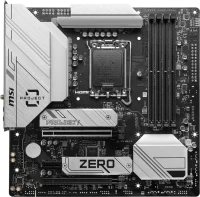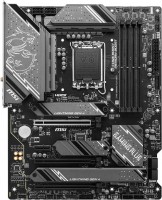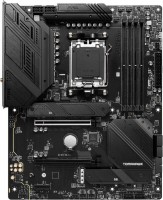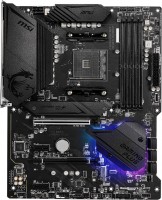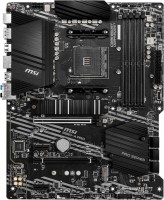Motherboards MSI series MEG (extreme overclocking)
prices on 13 modelsMSI MEG (extreme overclocking)
The MEG line is absolutely top-end even by the standards of A class. Both the price tag and the name of the series say in plain text that these boards do not know any restrictions, are friends with any flagship processors and adore the bubbling of a water pump. Such products will be of interest not so much to ordinary gamers as to enthusiasts who are able to squeeze the most out of their system thanks to fine manual adjustment of all parameters. The main competitors of this line are the Asus ROG, Gigabyte Aorus and ASRock Taichi motherboards.
 |
To work at full power, most of the boards in this series are equipped with heavy-duty power subsystems with aluminium radiators, use Japanese capacitors, high-end chokes and other circuitry. Most often there are options for 14 phases of power supply, schemes for 13 or 15 phases are less common. Almost always, the basis of the board is the flagship chipset AMD X570, Intel Z490 or their earlier revisions. There is not much point in talking about equipment, almost any fashionable function or technology in the production of fabrics with a 99% probability is already in MEG. Including a fourth-generation PCI-E bus, a Wi-Fi 6 receiver and a network controller with increased bandwidth.
The MSI MEG model range can be divided into two similar categories. First of all, the "classic" MSI MEG ACE boards with a catchy design, an abundance of lighting and decorative elements are sent. The second group includes MSI MEG UNIFY models with a similar layout, but a more restrained design. The colour scheme is dominated by black textolite, which is pierced by thin, neat golden lines, and the gaming nature of these boards is hinted at only by a bright red plug for the back panel. There is nothing surprising in this, recently almost all component manufacturers have begun to depart from the orthodox principles of the so-called gaming design, when every detail must necessarily be red and blink like a Christmas tree.

